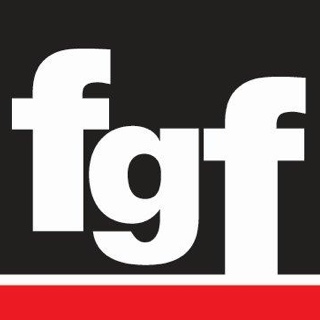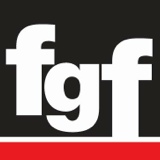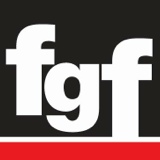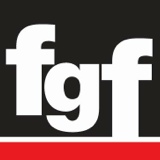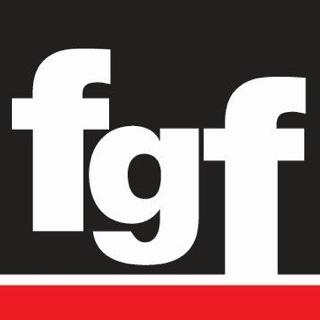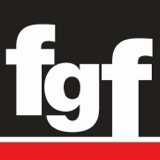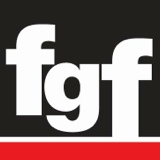Information
-
Document No.
-
Client / Site
-
Conducted on
-
Prepared by
-
Location
-
Personnel
1. Layout
-
Fence and boundary security?
-
Area is clean, tidy and well kept?
-
Adequate storage area provided?
-
Floor is free of obstructions and potential slips?
-
Is there adequate ventilation and good natural lighting?
2. Emergency Procedures
-
Evacuation procedures are written and plans displayed and understood by staff?
-
Are spill kits available, stocked up and location displayed?
-
Portable fire extinguishers have been provided and maintained (6 monthly Inspection)?
-
Are fire extinguishers clear of obstructions?
-
Escape routes and emergency exits are clear of obstructions?
-
Is Emergency Assembly Point identified and staff are aware of location?
-
Are emergency numbers displayed?
3. First Aid Facilities
-
Kits are clearly signed, stocked and contents are in-date?
-
Names and contacts of first aiders displayed and up to date?
-
Is there easy access to the location of the first-aid kit?
4. General Facilities
-
Floor surfaces uncluttered with entry and walkways kept clear?
-
Are stairs, passageways and store rooms well lit, clean and tidy?
-
Warning and Safety signage in good condition?
-
Are liquid spills removed quickly?
-
Evidence of accidental discharge from site?
5. Rubbish Removal
-
Bins located at suitable points around site?
-
Bins emptied regularly?
-
Oily rags and combustible refuse in covered metal bins?
-
Recyclable materials are collected?
6. Work Benches
-
Clear of rubbish?
-
Tools not in use kept in place?
-
No damaged hand tools in use?
-
No damaged power tools in use?
7. Manual Handling
-
Is staff inducted and trained in Safe Work Instruction (SWI) for manual handling?
-
Trolleys or mechanical hoists are available and are being considered for heavy items or loads?
-
Step ladders or safe steps available to access light items stored on high shelves?
-
All manual task-related incidents have been investigated and control measures implemented and reviewed?
8. Lifting Gear
-
All equipment marked with ID and SWL?
-
Chain blocks and lever blocks in test and tag?
-
Safety latches on hooks?
9. Storage
-
Materials stored in racks and bins wherever possible are not above shoulder height?
-
Storage designed to minimize lifting problems I.e. heavy objects not stored on upper racks?
-
Racking securely fixed to the floor or wall?
-
Floors around racking clear of rubbish or potential trip hazards?
10. Electrical Safety
-
All portable equipment has current test and tag?
-
Residual current devices (RCD) are installed at switchboards and have been tested (6 months)?
-
Portable RCD device is available and has been tested?
-
Plugs and extension leads are in good condition and not frayed or damaged?
-
No power leads laying across walkways or in water?
-
Portable power tools in good condition?
-
Power boards are used. (not double adapters)?
-
Faulty equipment is tagged out?
-
Batteries isolated and stored away from chemicals and fuels?
11. Chemical Aspects
-
Chemicals stored in bunded area?
-
MSDS (not older older than 5 years) are available and included in the MSDS folder?
-
There is an up to date list/register of all chemicals used?
-
A risk assessment has been completed for all hazardous substances stored and used at the workplace?
-
Decanted containers are labeled with correct name of substance?
-
Original containers have the manufacturer's label?
-
Chemicals stored according to compatibility and bundled i.e. in flammable or corrosive cabinets?
-
Only flammables stored in flammable liquid cabinet?
-
Are the warning signs on the cabinet legible? (e.g. DG Class 3 diamond, no smoking, no ignition sources).
-
Are emergency eye wash and showers easily accessed?
12. Personal Protective Equipment
-
Signage of PPE requirements displayed on equipment?
-
Required PPE available?
-
Correct PPE being worn: eye protection, safety boots, hearing protection, protective clothing etc?
13. Noise
-
Workers have received information and training (SWI) in relation to noise at the workplace?
-
Control measures have been put in place to reduce the risk of injury as a result of noise, including the provision of personal hearing protection?
14. Machinery
-
Are machines kept clean?
-
Are the floors around machines kept clean?
-
Guards are fitted and in good condition?
-
Waste and off cuts removed and stored safely?
-
Starting and stopping devices in easy reach of the operator?
-
Are lockout procedures implemented and followed?
15. Welding Safety
-
Are staff appropriately trained and inducted in the dangers of performing welding tasks?
-
Are trainees appropriately supervised by a competent person when welding?
-
Are welding operators provided with the appropriate PPE?
-
Is there adequate ventilation for welding tasks?
-
Are welding screens maintained, in good condition and used when performing welding tasks?
16. Compressed Gas
-
Cylinders contents are identified and with cylinders appropriately secured.
-
Cylinders are stored according to dangerous goods class and empty cylinders are separated from full ones.
-
Gas lines are free of leaks, kinks, wear & tear.
Non-Conformances
Recommendations
Sign off - fgf Personnel
-
Name and Role of personnel conducting audit.
Sign off- Workshop Supervisor
-
Name and signature of Workshop Supervisor.
